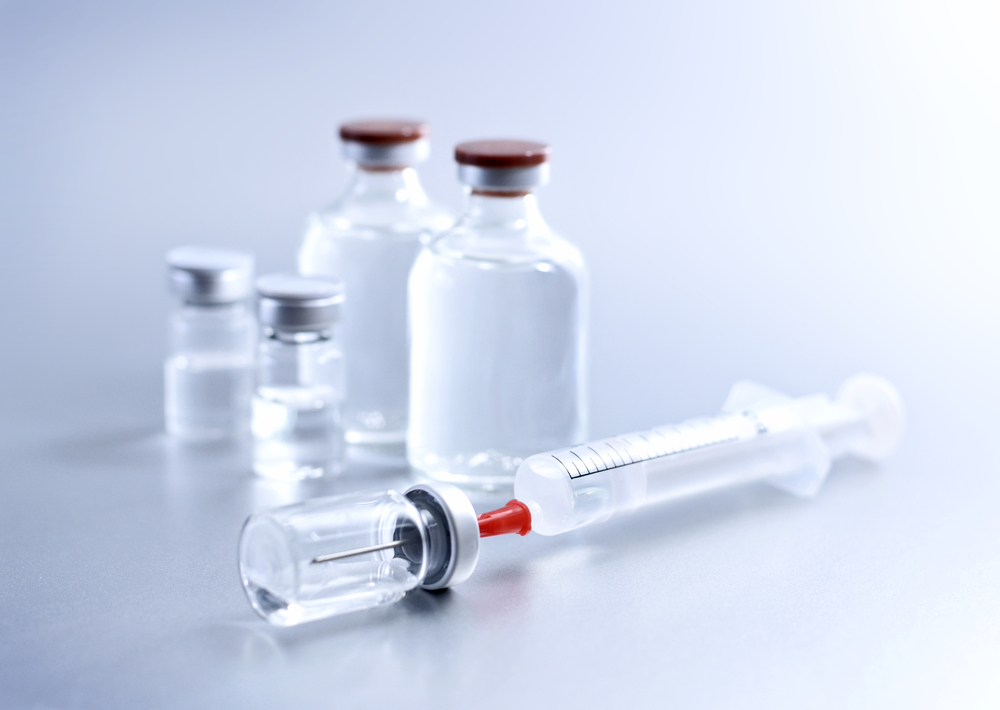Approved Asthma Therapy Omalizumab Reduces SLE Disease Activity, Phase 1b Trial Finds

Omalizumab — a treatment already approved for allergic asthma and chronic hives — is well-tolerated and reduces disease activity in patients with systemic lupus erythematosus (SLE), a Phase 1b clinical trial shows.
Findings were published in the study, “Safety and Tolerability of Omalizumab, A Randomized Clinical Trial of Humanized anti‐IgE Monoclonal Antibody in Systemic Lupus Erythematosus (STOP LUPUS),” in the journal Arthritis and Rheumatology.
Depending on their composition and structure, antibodies can be divided into five different classes, each playing a different part in the immune system. In lupus, it was thought that autoimmunity was mostly derived from antibodies of the IgG class, but recent studies have challenged this belief.
Researchers have found that some mice with lupus-like disease also develop autoreactive antibodies — those that attack the body’s own tissues and cells — of the IgE subclass. In addition, SLE patients show IgE antibodies against their DNA chains, suggesting that these autoantibodies may be contributing to disease onset and worsening.
IgE antibodies are mostly involved in allergic reactions, and treatments that target their production — such as omalizumab, marketed as Xolair by Genentech and Novartis — are already approved for allergic asthma and chronic hives.
Investigators at the National Institutes of Health conducted a randomized Phase 1b trial (NCT01716312) to determine if depleting IgE antibodies with omalizumab was safe and reduced inflammatory markers, immune cell activation, and disease activity in SLE patients.
The trial included 15 SLE patients with a Systemic Lupus Erythematosus Disease Activity Index 2000 (SLEDAI 2K) of four or more — where a higher score indicates higher disease activity — and elevated levels of autoreactive IgE antibodies.
Of the participants, 10 were randomly assigned omalizumab and five a placebo — given as an under-the-skin injection once a month — for 16 weeks. Then, all patients received omalizumab for an additional 16 weeks, after which they were followed for four more weeks.
During the study, all patients continued receiving their immunosuppressive regimen with hydroxychloroquine and prednisone.
By week 16, patients on omalizumab had experienced a significant reduction in their SLEDAI-2K scores — mainly in arthritis, rash, and antibody measures — compared with those on placebo, an improvement that was maintained until the end of the treatment. Patients who had been on the placebo in the first 16 weeks also experienced an improvement in disease scores on omalizumab during the second part of the trial.
After four weeks off treatment, however, there was a trend toward worsening disease activity, according to the researchers.
It is thought that IgE antibodies form complexes that activate the immune system much more powerfully than IgG ones, leading immune cells to produce high amounts of type I interferons — key players in lupus development.
In the study, the researchers found that omalizumab lowered the production of interferon-related genes, particularly in patients with elevated levels of these genes before treatment, suggesting that “the mechanism of action of this drug in SLE may be at least in part through abrogation of dysregulated IFN pathways,” they wrote.
Omalizumab was well-tolerated and caused no allergic reactions. Most adverse events were mild to moderate in nature, and there were no differences between omalizumab and placebo groups in terms of incidence.
“In this pilot clinical trial, omalizumab was well tolerated” and caused a “statistically significant improvement in disease activity” after 16 and 32 weeks on treatment, the researchers wrote.
IgE autoantibodies are present in “greater than 70% of SLE patients, hence omalizumab as an add-on therapy to standard of care may be applicable to a large subset of SLE patients,” they said, adding that “a potential advantage of omalizumab in SLE is a side effect profile different from immunosuppressive drugs and a convenient once a month subcutaneous administration schedule.”
The results from this exploratory study now need to be confirmed in larger clinical trials.





